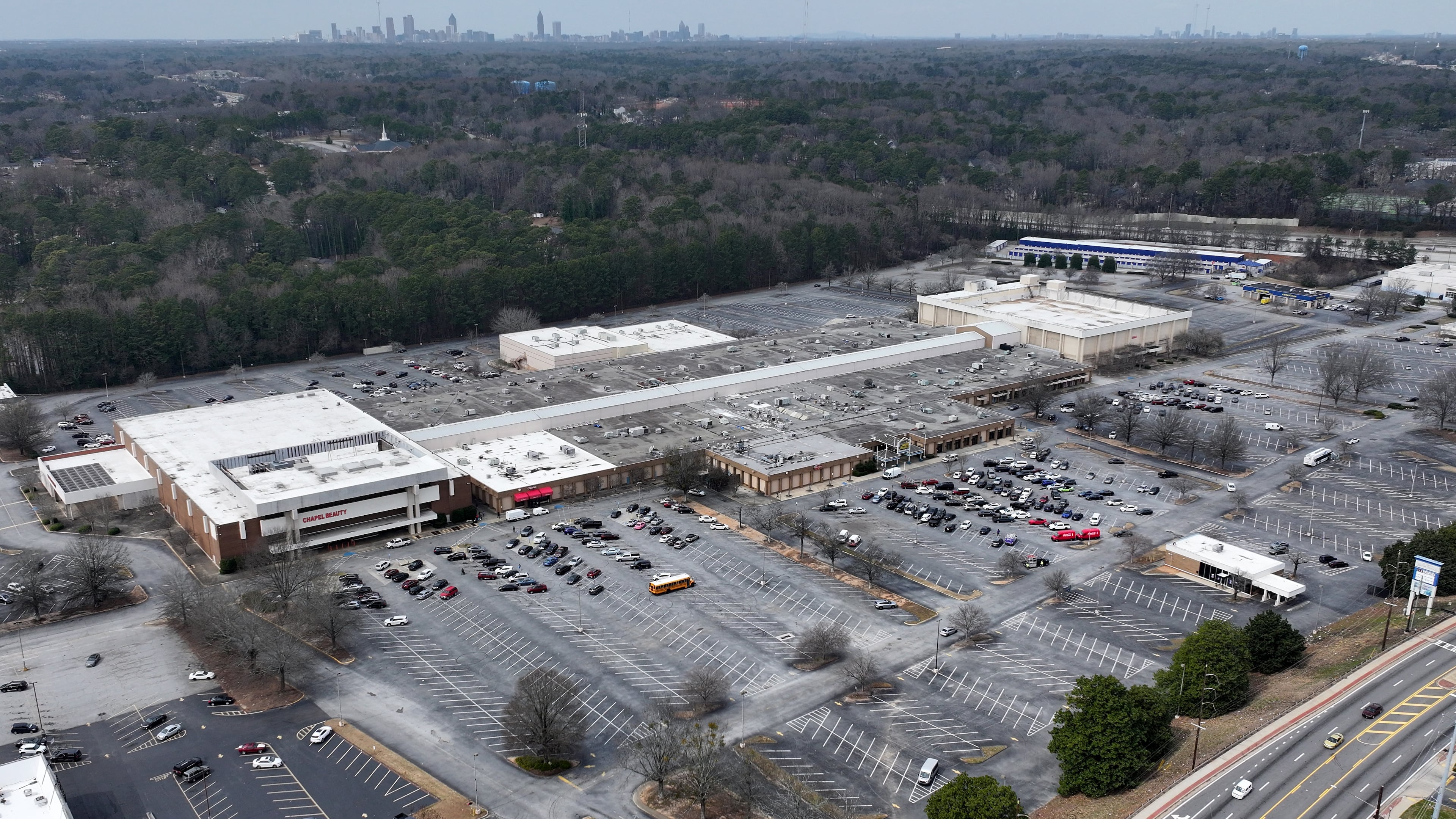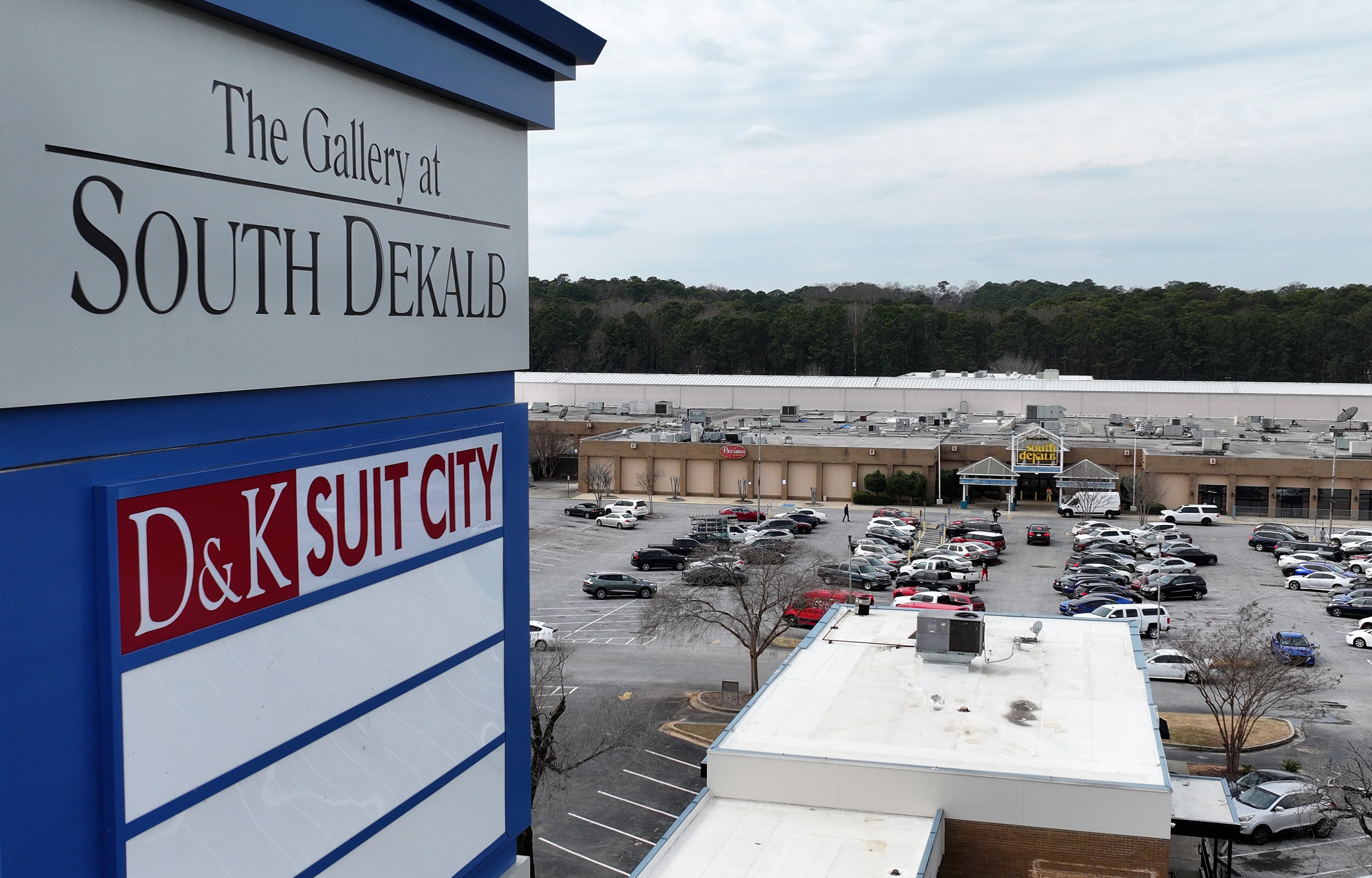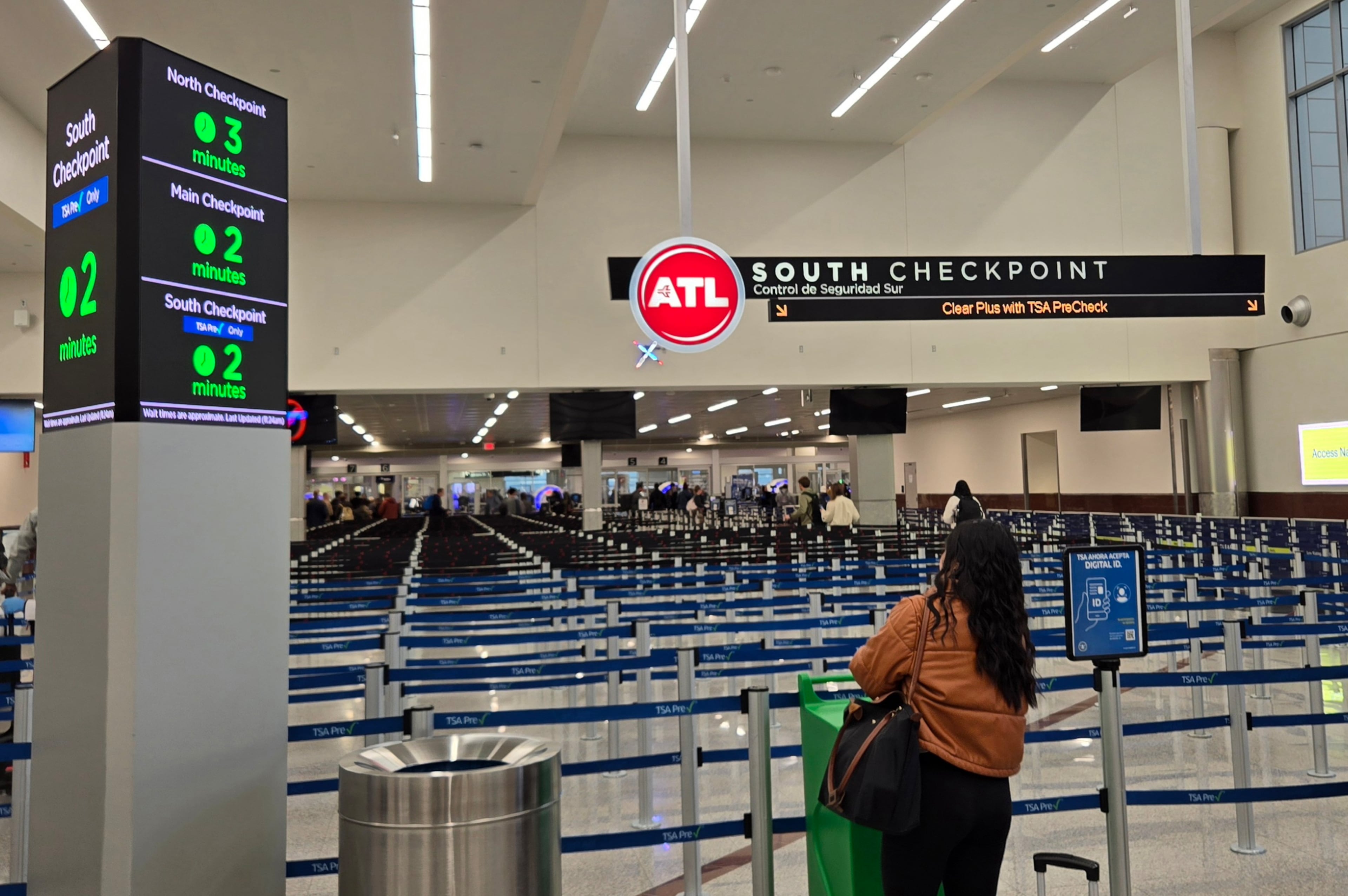What does south DeKalb need to thrive? New study aims to find out.

Few places in metro Atlanta are more starkly divided than the northern and southern halves of DeKalb County.
Whether it’s property values, average incomes or life expectancy, data shows a clear division in Georgia’s fourth most populous county. But a forthcoming effort by DeKalb leaders looks to evaluate solutions to bridge that gap.
The Decide DeKalb Development Authority on Monday is launching an economic development study to explore ways to generate new investment in the county’s often overlooked southwestern corridor. The effort is a partnership with consultant HR&A Advisors and is endorsed by DeKalb leaders, including the county’s CEO and school board.
“Something must be done,” Dorian DeBarr, president of Decide DeKalb, told The Atlanta Journal-Constitution. “We’re trying to course-correct and create clear pathways to prosperity.”
Memorial Drive is often seen as DeKalb’s historical redline for investment, similar to I-20’s north-south divide in the city of Atlanta. Northern DeKalb is wealthier and whiter, while southern DeKalb tends to be lower income and majority Black.
For decades, analyses of various economic metrics sorted by ZIP codes north and south of Memorial Drive have tracked the inequality. An AJC investigation in 1988 found a stark difference in bank and mortgage lending. A 2023 AJC investigation found institutional investors were significantly more active in buying south DeKalb homes than their northern counterparts.

DeBarr said life expectancy in some neighboring ZIP codes can vary by as much as 15 years, which he says warrants ambitious action to address.
Unlike rural counties that have vast stocks of undeveloped land, south DeKalb has about 400,000 residents. It also has existing business centers and shopping malls, even if some, like the Gallery at South DeKalb, have struggled with vacant storefronts.
“We have some assets in that area already in place, and we want to weave in industries that make sense while also creating ways for legacy residents to participate,” DeBarr said.

Supported by a $150,000 grant from Wells Fargo, the study will be broad and open-ended. A 6 p.m. Monday fireside chat called “The Business of US” at the DeKalb History Center will formally kick off the feedback collection period. The event is free to attend.
“The heart of this work lies in the people who make DeKalb County such a powerful and resilient community,” Derek Fleming, senior adviser at HR&A, said in a news release. “Black neighborhoods have always been engines of culture, creativity and enterprise, and our role is to help unlock that potential in ways that are both sustainable and inclusive.”
Decide DeKalb will gather community feedback through the winter and expects to produce a report of actionable items and recommendations by the first quarter of 2026. DeBarr said he expects the results to build upon existing economic development tools in south DeKalb, which include opportunity zones and the region’s tax allocation district.
“This is charting new territory,” he said. “This won’t be easy, but we are ready for this in DeKalb County.”


